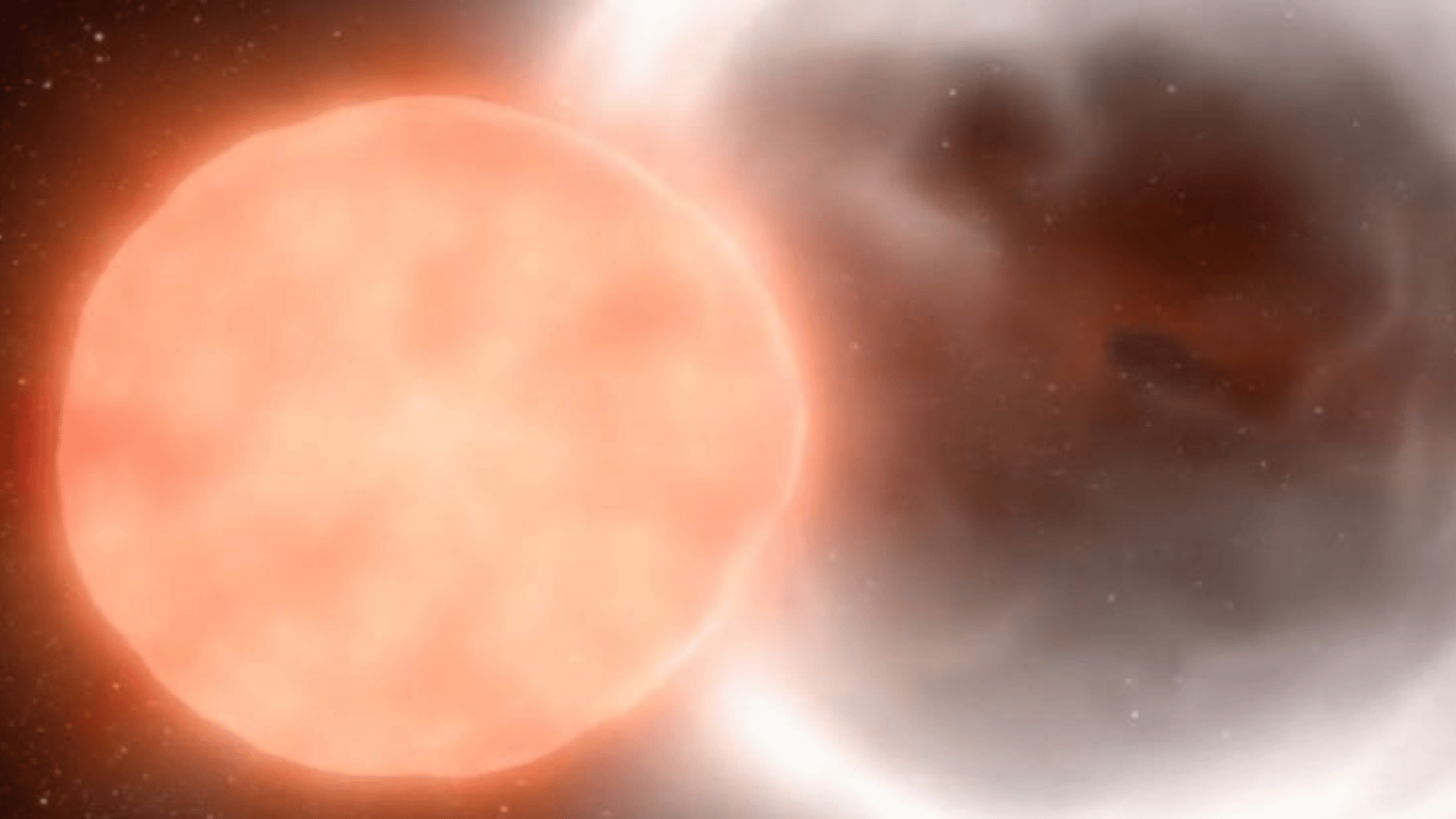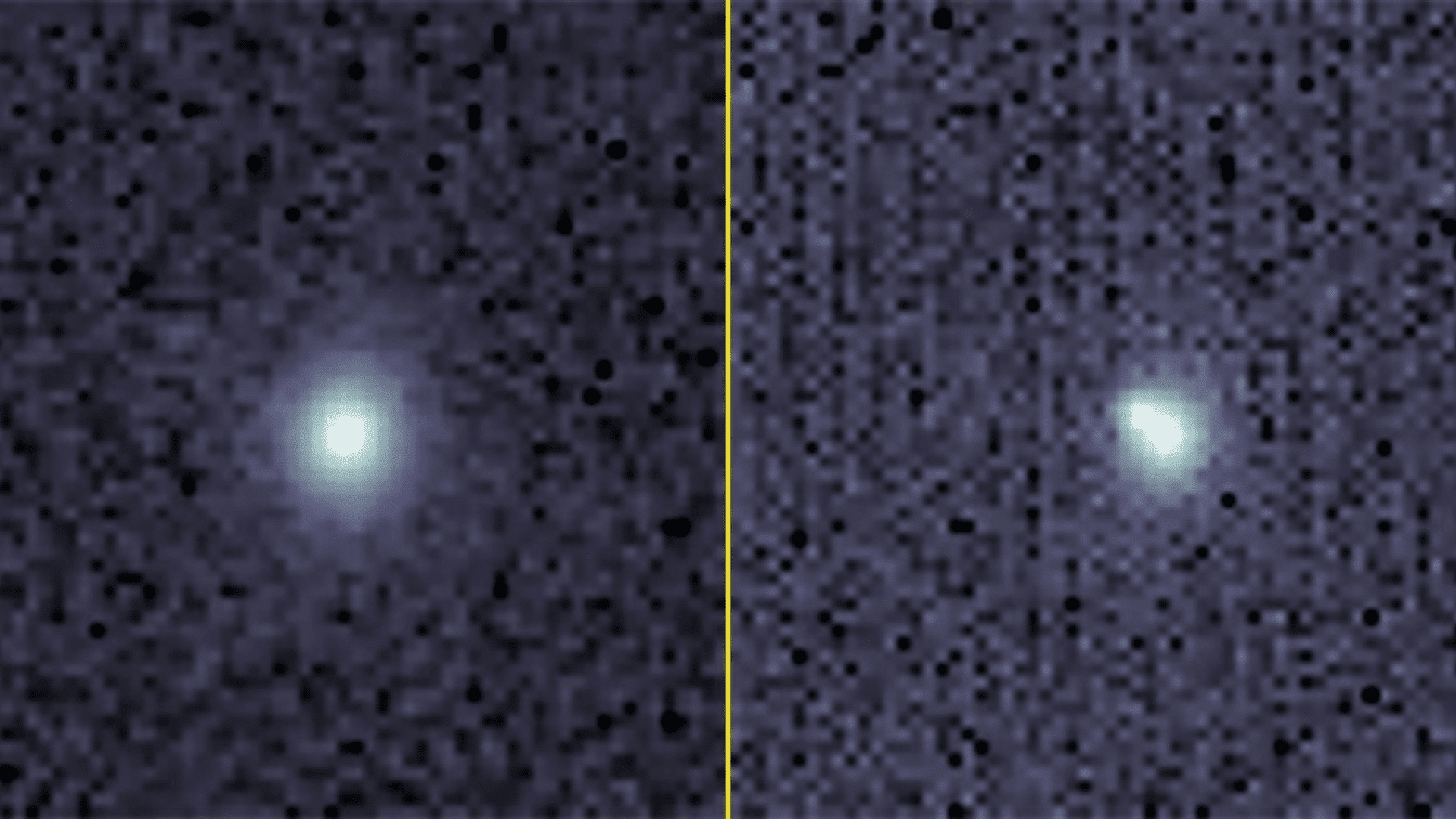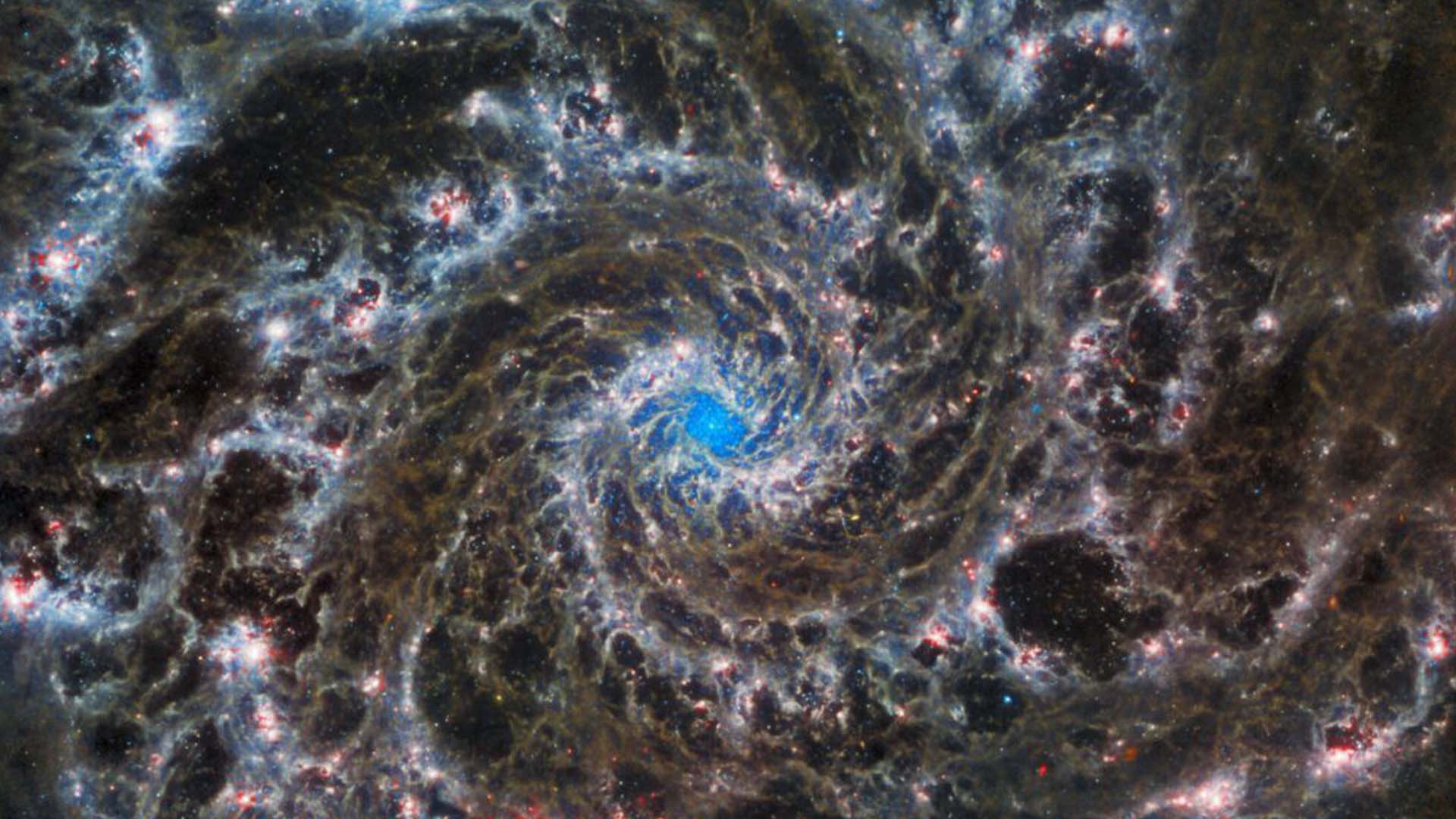For the first time, AI has searched for, discovered, confirmed, classified, and announced a supernova discovery without any human intervention.

A team of international scientists developed a new AI tool called Bright Transient Survey Bot (BTSbot). The bot’s machine-learning algorithm was trained using over 1.4 million images from nearly 16,000 sources.
Northwestern University reports that the new system will allow the entire star explosion discovery system to be automized while eliminating human error and drastically increasing the speed of the process.
“Ultimately, removing humans from the loop provides more time for the research team to analyze their observations and develop new hypotheses to explain the origin of the cosmic explosions that we observe,” says Northwestern astronomer Adam Miller, one of the lead researchers in the development of BTSbot.
BTSbot detected a newly discovered supernova named SN2023tyk in data from the Zwicky Transient Facility (ZTF), a robotic camera in California that scans the northern sky every two days. ZTF imaged the cosmic blast in the night sky on October 3 and BTSbot found the supernova in ZTF’s data on October 5.

BTSbot automatically communicated with another robotic instrument called the Spectral Energy Distribution Machine (SEDM) to conduct extensive observations of the potential supernova in order to collect its spectrum. After obtaining this spectrum, SEDM sent it to Caltech’s SNIascore to have the supernova classified.
The event was classified as a Type la supernova. This type of supernova is particularly important to astronomers because it can be used to measure the expansion of the Universe. The discovery was shared publicly on October 7th.
“Automated software presents a list of candidate explosions to humans, who spend time verifying the candidates and executing spectroscopic observations,” Miller explains.
“We can only definitively know that a candidate is truly a supernova by collecting its spectrum – the source’s dispersed light, which reveals elements present in the explosion.”
Though supernovas are bright and energetic events, they’re not common or simple to spot and categorize. Traditional detection methods rely on astronomers to visually inspect huge volumes of data from robotic telescopes which scan the night sky continuously attempting to find new sources of light.
“The ZTF has been operating for the past six years, and, during that time, I and others have spent more than 2,000 hours visually inspecting candidates and determining which to observe with spectroscopy,” says astronomer Christoffer Fremling from the California Institute of Technology (Caltech). “Adding BTSbot to our workflow will eliminate the need for us to spend time inspecting these candidates.”
The process of inspecting this data is time-consuming and it’s estimated that astronomers have only discovered a small fraction of all the supernovae that occur in the Universe. The automation of this process could allow the discovery of many new supernovae and free up astronomers to interpret the data, which may lead to new insights and discoveries regarding the evolution of stars and galaxies.
“This significantly streamlines large studies of supernovae,” adds Northwestern’s Nabeel Rehemtulla, an astronomer who co-led the development with Miller, “helping us better understand the life cycles of stars and the origin of elements supernovae create, like carbon, iron, and gold.”







